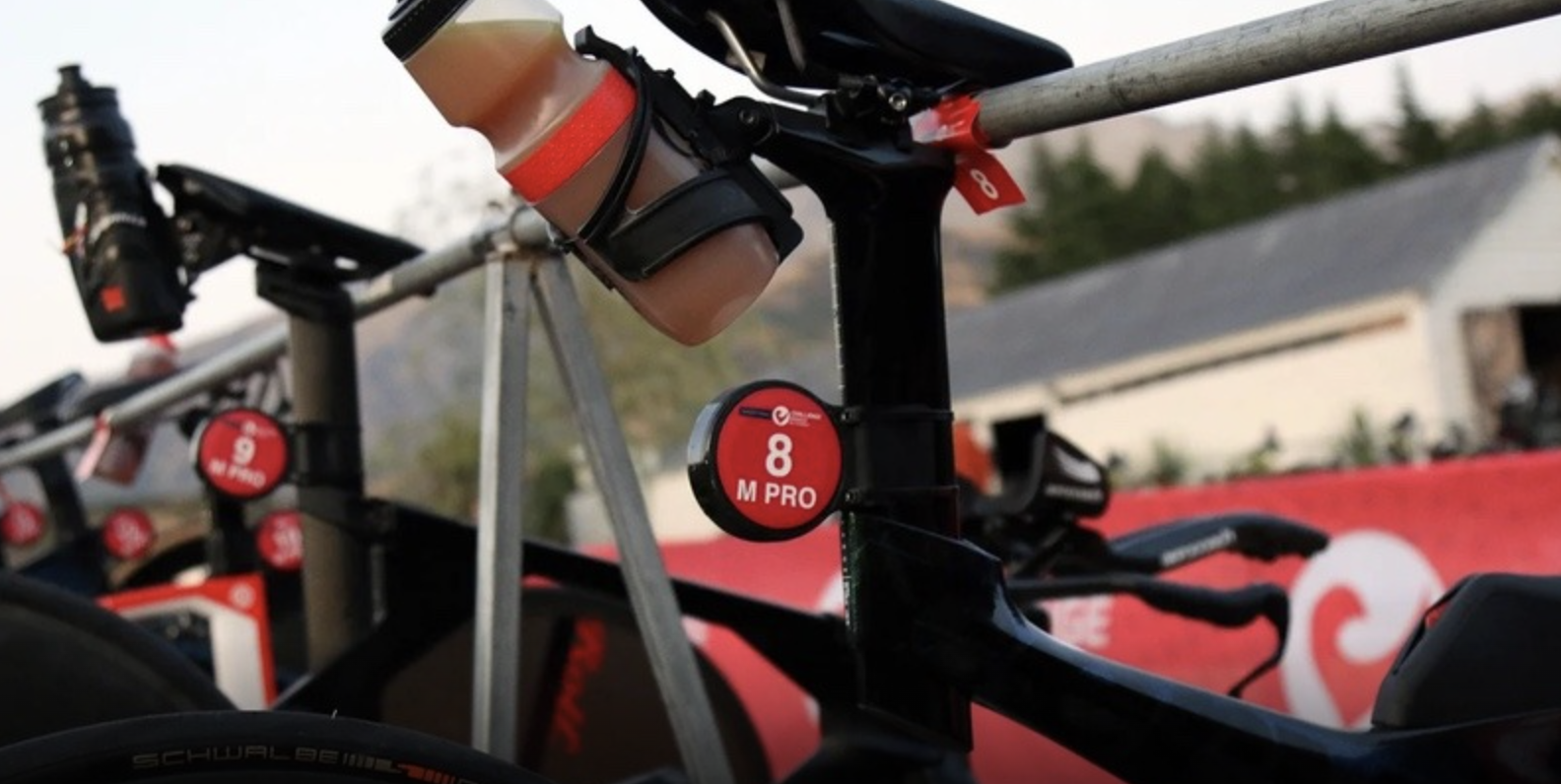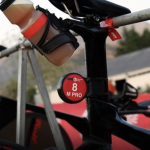RaceRanger, the triathlon drafting detection system developed in New Zealand, will be used for the first time by amateur, age-group athletes at next month’s Challenge Wānaka on February 15, 2025.
Over the past two years RaceRanger has been used extensively at many elite non-drafting triathlons around the world. After being used as an early test event at the pro level in 2023 and 2024, Challenge Wānaka will be the company’s first foray into the amateur ranks of athletes.
RaceRanger CEO James Elvery said “This event is close to our hearts. My RaceRanger Co-Founder Dylan McNeice won Challenge Wānaka three times when it was a full distance event, and it’s the race that I recommend to any athlete I meet overseas looking to come to New Zealand for a holiday.
“We’ve firmly established RaceRanger as part of the furniture in the pro ranks at the top-level events around the world over the past two years, and now have our sights set firmly on getting to the age group fields in the next 12-18 months. It’s going to require some adaptations to the way the system works, both to how the athlete interacts with it on course, and how we operate it in the back-end at events to make it more scalable.
“For [age group] athletes our focus needs to be slightly different, and for RaceRanger to be relevant to them, we need to add other benefits than just addressing drafting. We are working on turning each device into a really precise athlete tracking system, that improves the spectator experience for family and supporters following along at the event or from afar.”
He continued, “It’ll also be able to quickly alert the race organisers when an athlete has stopped on the side of the road and possibly had a crash, which will mean that targeted help can get to them faster. Then after the race, we can supply a ton of interesting new data, about who overtook who, when and where on the course. How long did it take, did the overtake happen legally etc, and then compare that with all the other passing activity through the race by the rest of the field. There’s a lot of room to expand into here, and triathletes love their data.
“In Wānaka we’ll be looking to get as hands-on as possible with a good number of age-group bikes, to understand in detail the subtle differences in set-up between them and what we see with the pros. With the higher numbers, it will also clearly highlight to us which parts of our back-end processes won’t scale to the thousands, and need redesigning to make the step across.”
Challenge Wānaka has long been known as one of the most picturesque yet demanding triathlons in the world, and is a bucket-list trip for athletes looking to combine a race trip with outdoors tourism. For 2025, in its 19th year, the event is moving back to its original downtown location on the shores of Lake Wānaka.
Challenge Family CEO, Jort Vlam, said “Challenge Family has a strong history of either implementing or being early adopters of some of triathlon’s key developments such as establishing the 20m drafting rule.
“We have supported RaceRanger from the very first trials and we are delighted to once again be involved through Challenge Wānaka as they introduce their ground-breaking technology to the age group market.”
In Wanaka, RaceRanger will function in much the same way it does at pro events, with all athletes shown a series of three lights signals from the rear of the bike immediately in front of them to indicate their following distance.
James Elvery added “In the future we can see a world where an age group field might be separated into a competitive wave, and a more general entry group. The competitive wave might start all together from a gun start, because they actually want to race.
“The general entrants might be set off on a rolling start basis. Drafting lights would be activated only for the competitive athletes, regardless of who they were following, but perhaps not the other way around.
“For the general entry group, the focus can be more on safety and their enjoyment of the event, with better live tracking providing a more engaging spectator experience for their supporters. This is what we are zeroing in on, and I really do believe these additions to major events has the potential to propel forward the growth and popularity of triathlon around the world.”


